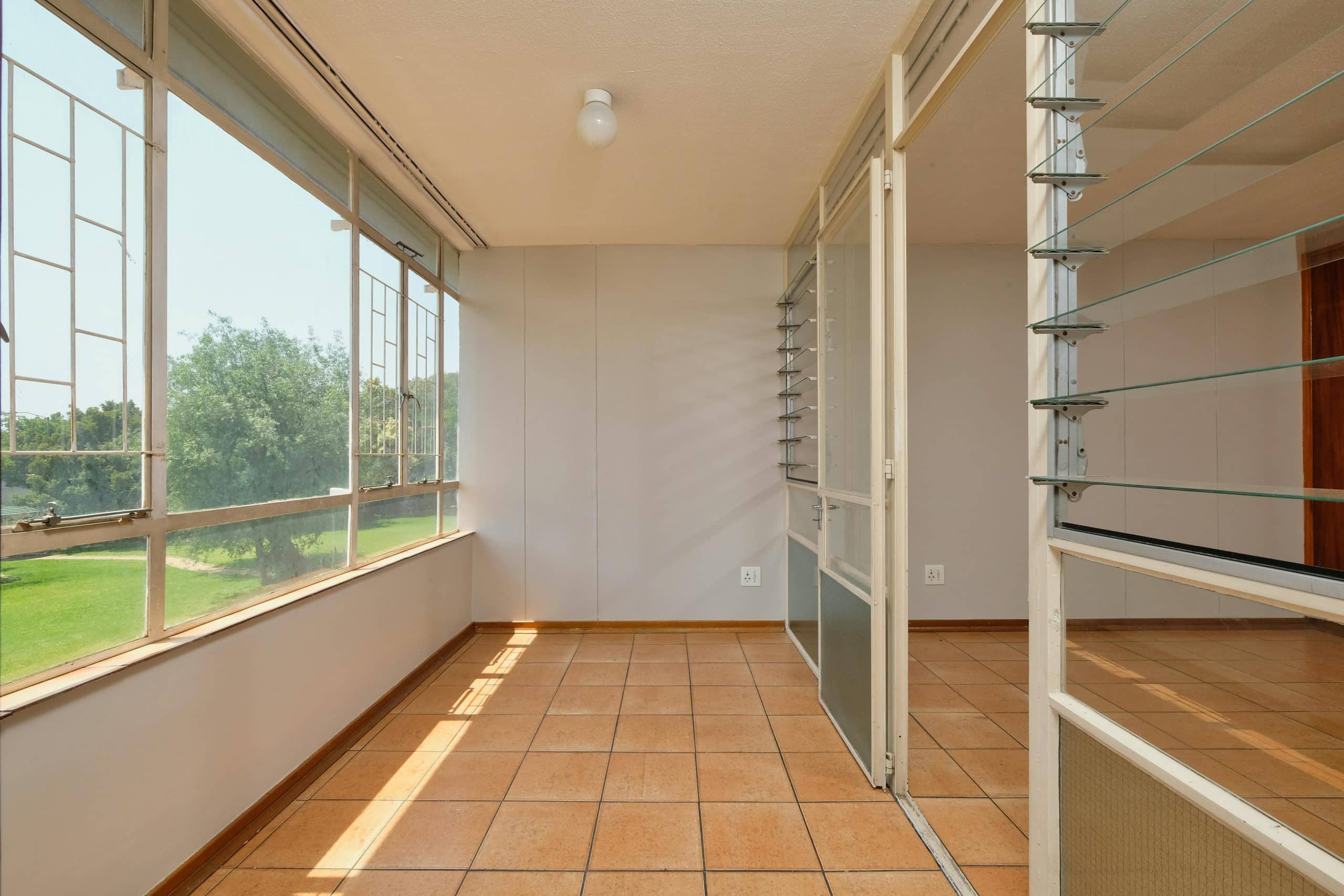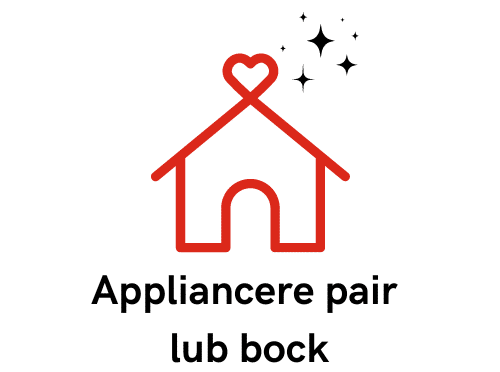Which types of double glazing are most effective for reducing condensation in UK homes?

Every homeowner knows the struggle of maintaining a warm, comfortable, and energy-efficient home, particularly during the UK's chilly winters. One common issue faced in these efforts is condensation. Condensation forms when warm, humid air comes into contact with a cold surface, such as a window. This can often lead to damp, mould and an uncomfortable living environment.
The good news is that there are solutions available to help combat this common issue. One of the most efficient and cost-effective ways is by installing double-glazed windows. This article will explore the different types of double-glazed windows and how they can help to reduce condensation, increase the efficiency of your home's insulation, and ultimately save you money on your energy bills.
Sujet a lire : What are the top considerations for UK homeowners when installing an outdoor pizza oven?
Understanding Double Glazing
Before we delve into the different types of double-glazed windows, it's important to understand what double glazing is and how it works.
Double glazing, synonymous with secondary glazing, features two layers of glass, rather than the single pane used in traditional windows. Sandwiched between these two layers of glass is a space filled with air or inert gas. This space is what helps to reduce heat transfer and thus maintain a more consistent indoor temperature.
A découvrir également : How can UK residents ensure that their garden fencing is wildlife-friendly?
Double glazing is highly effective in reducing condensation because it helps to maintain a warmer surface of the inner glass. This reduces the difference in temperature between the air inside your home and the window surface, in turn reducing the likelihood of condensation.
The Role of Glass in Double-Glazed Windows
The type of glass used in double-glazed windows plays a significant role in their efficiency. Two common types of glass used are Low-E (low emissivity) glass and laminated glass.
Low-E glass has a thin coating, which reflects heat back into the room while allowing plenty of natural light to enter. This type of glass will help to keep your house warmer in the winter and cooler in the summer, which ultimately reduces the energy required for heating and cooling.
On the other hand, laminated glass consists of two layers of glass sandwiched around a layer of plastic. This adds an extra level of insulation and is particularly effective in reducing noise.
Both types are suitable for double-glazed windows. However, if your primary concern is reducing heat loss and condensation, Low-E glass is the more effective choice.
The Role of Gas in Double-Glazed Windows
Not only the type of glass, but also the type of gas used in the gap between the glass panes impacts the efficiency of double-glazed windows. The two most commonly used gases are argon and krypton.
Argon is less conductive than air, making it an excellent insulator. Windows filled with argon gas will reduce heat loss, keep your home warmer, and help to lower your energy bills.
Krypton, while more expensive than argon, provides even better insulation. It is particularly effective when used in triple-glazed windows or in homes located in extremely cold climates.
Triple Glazing vs Double Glazing
While double-glazed windows offer significant benefits in terms of reducing condensation and improving energy efficiency, triple-glazed windows take it a step further.
As the name suggests, triple glazing involves three layers of glass and two insulating gaps. While this extra layer increases the window's insulation capabilities, it also adds to the cost and weight of the window.
Triple-glazed windows are typically more efficient than double-glazed windows, but the cost difference may not always be justified by the energy savings, especially in milder climates. However, in colder regions, the additional investment in triple glazing could pay off over time.
Picking the Right Double Glazed Windows for Your Home
Now that you understand the various elements that affect the performance of double-glazed windows, how do you decide which ones are right for your home?
Consider factors such as your home's location and orientation, the local climate, your budget and the specific needs of your household. For instance, if you live in a colder region, investing in triple glazing or windows filled with Krypton gas may be worthwhile.
On the other hand, if you're in an area with a milder climate, double-glazed windows filled with argon and fitted with Low-E glass might be the most cost-effective and efficient choice for reducing condensation and boosting your home's energy performance.
In conclusion, the most effective double-glazed windows for reducing condensation in your home will depend on a variety of factors. By understanding the role of glass, gas, and glazing options, you can make an informed decision that best serves your needs, improves your home's energy efficiency, and ultimately saves you money.
The Impact of Frames in Double-Glazed Windows
The frame of your double-glazed window also plays a critical role in the effectiveness of condensation reduction and heat loss prevention. Popular materials for window frames include uPVC, wood, aluminium, and composite.
uPVC, or unplasticized Polyvinyl Chloride, is a highly durable, energy-efficient and cost-effective material that requires very little maintenance. Its insulating properties make it a great choice for double glazing, and it effectively resists condensation, reducing the chances of mould growth and dampness in your home.
Wooden frames, on the other hand, offer a traditional and visually appealing look. They provide excellent insulation, but they need regular maintenance to prevent rotting and warping. If you're considering wooden frames, ensure they are properly treated and sealed to withstand the rigours of the UK climate.
Aluminium frames are strong, durable, and highly resistant to the elements. They're not as insulating as uPVC or wood but can be enhanced with thermal breaks to improve their energy efficiency.
Composite frames combine the benefits of two or more materials, such as wood and aluminium. They offer the aesthetic appeal of wood on the inside and the durability of aluminium on the outside.
Choosing the right frame for your double-glazed windows is largely a matter of personal preference, house style, and budget. However, it's vital to remember that the frame's material will impact the window's overall performance in reducing condensation and preserving heat.
The Cost-Benefit Analysis of Double Glazing
Investing in double glazing can seem like a substantial expense upfront, but it's essential to consider the long-term benefits. Double-glazed windows can significantly reduce your energy bills by improving your home's energy efficiency. Plus, they contribute to a more comfortable, healthier living environment by reducing condensation, preventing mould growth, and minimizing temperature fluctuations.
Moreover, double-glazed windows enhance your property's value. Prospective buyers often look for energy-efficient features in homes, and double glazing fits the bill perfectly. It can be a selling point if you ever decide to put your home on the market.
However, it's worth noting that while double glazing is more expensive than single glazing, it's not always necessary to go for the most costly options such as triple glazing or krypton-filled windows. Your location, the local climate, and your home's insulation needs should guide your decision.
For instance, while triple glazing might be beneficial in extremely cold climates, it may not offer a significant advantage over double glazing in milder climates. Similarly, while krypton provides superior insulation, the cost difference may not justify the marginal improvement over argon, especially if you live in a relatively temperate area.
Conclusion
In the quest to create a comfortable, energy-efficient home in the UK, double-glazed windows are a solid option. They reduce condensation, prevent heat loss, and can lower your energy bills. The choice of glass, gas, and frame material, coupled with an understanding of the benefits and costs of different glazing options, will enable you to make the best choice for your home.
Whether you opt for Low-E glass, argon or krypton gas, uPVC or wooden frames, single, double or triple glazing, the right choice is one that suits your specific needs, local climate conditions, and budget constraints. After all, an energy-efficient home is not just about saving money; it's also about living comfortably and sustainably.
